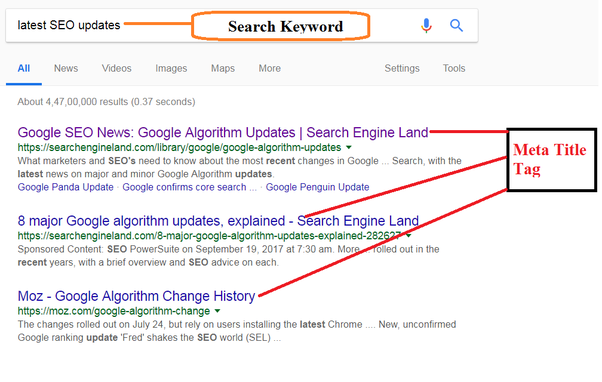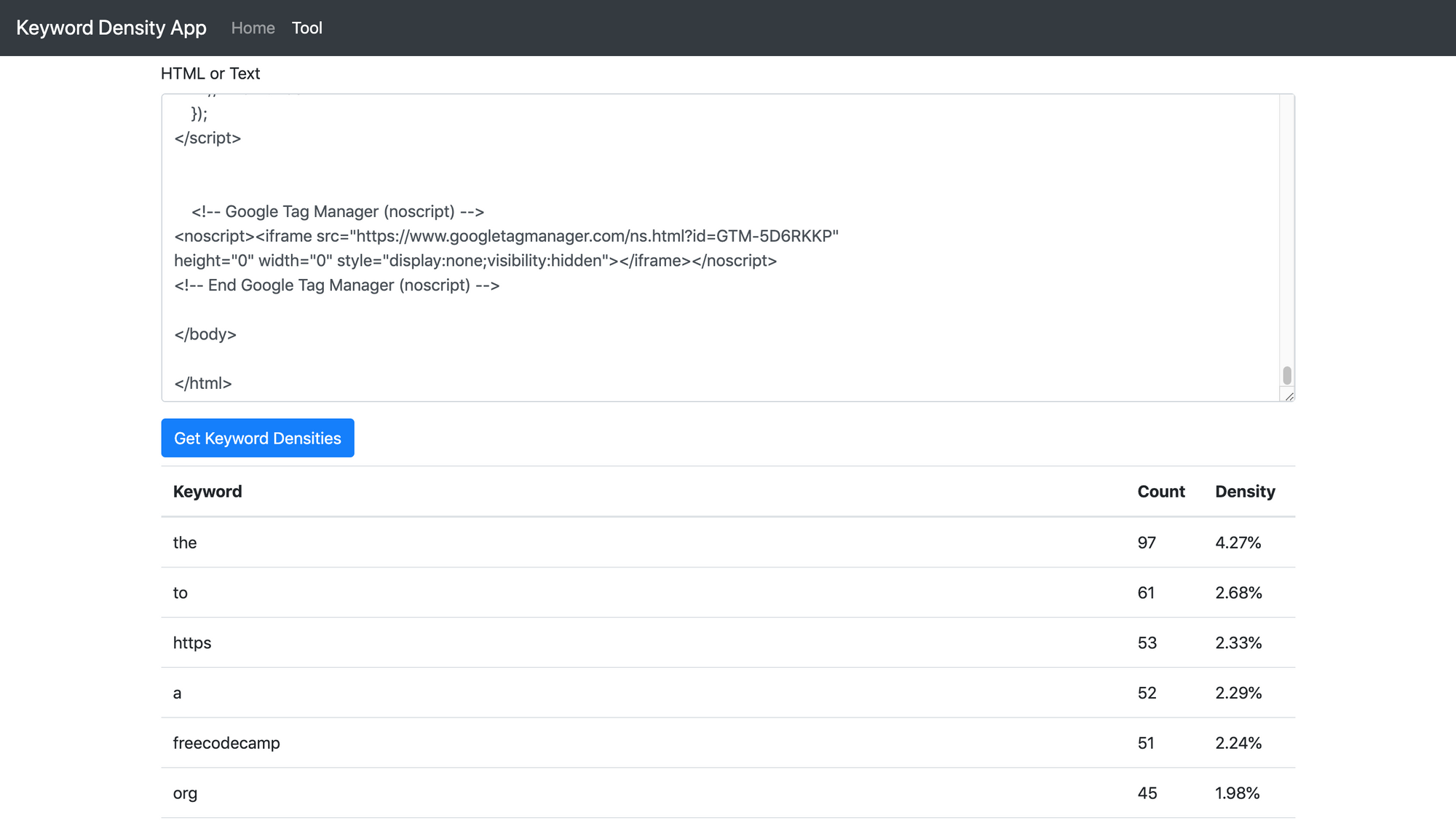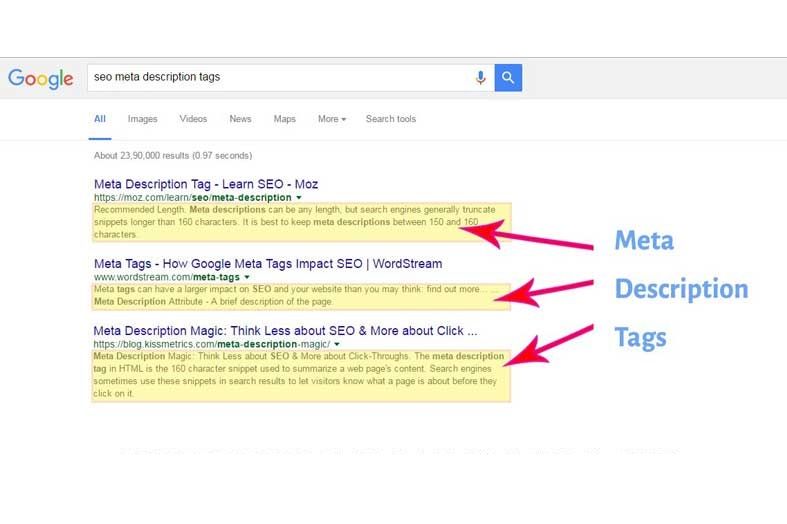By James Murphy
On-Page optimization and Off-page optimization are two major factors that affect the optimization of a website.
On-Page SEO is a technique for search engine optimization which helps bots from Google and other search engines to navigate through your website and understand what it is about.
The optimization of some of your website features such as internal links, Meta title, Heading tags, and description can help you rank higher on search engines.
On the other hand, off-page optimization has to do with optimizing other signals that are not within your website.
For this article, we will be considering the best on-page SEO techniques that you can implement to help your website rank well in search engines.
 Meta title
Meta title
Meta Title
If you’re looking for the best on-page SEO technique, then you are looking at your Meta Title. If your title is well optimized and attractive, this will lead to more clicks for you. And your post will rank higher the more clicks you get.
The start of your title (H1) tag should include the targeted keyword phrase. But if you can’t do that, you should just make sure you add the keyword in the title.
One mistake that people make with this is adding the keyword in the title more than once. They often think this will help them rank better but that is not true. More often than not, it hurts your ranking. So, you should avoid making this mistake.
You should also keep your title length short. It should be around 65 characters.
Use Your Heading Tags Properly
Your articles should include heading tags that you can use to highlight important points, sub-headings, and various headings.
If your website is a WordPress website, the title tag is usually at H1. So, your articles should not include any H1 tags anywhere in them again. Just that once is enough. You should use H2 tags and H3 tags for your section breaks.
Add a Table of Contents to Your Article
More and more, content writers are writing lengthy, in-depth articles. And many blog posts these days are quite long. Some of these posts are thousands of words, which is a lot to get through.
For articles as long as this, it is important to include a table of contents. This will help the readers navigate your lengthy article with ease. Also, and just as important, it helps you rank better in Google search.
 Keyword density
Keyword density
Watch Your Keyword Density
The density of keywords in your articles should be close to 1.5 percent and should be mixed with LSI (latent semantic indexing) keywords. The LSI keywords help google understand what your page is about. These are words that have close relations with the keyword you are using.
Words that are semantically related will have the same meaning and effect in the article. So, you can make use of synonyms to reduce keyword density.
The main keyword should appear just once in the article’s first and last paragraph. You should also try to make use of the keywords only in places where it makes sense.
You can, as well, search for other posts that have the same keywords that you are targeting and see how the keywords are used and how many times they appear. This will give you an idea of how you can use them in your articles.
Meta Tags
For every long post that you write, you should include a unique meta description that is also relevant to the post. Your meta description should also include your targeted keyword.
Many people advocate that meta description is not as important because it is not used as a factor for ranking. But both assertions are untrue. Meta descriptions are important to your blog post and are a useful factor for ranking as well. There is a massive connection between Google rankings and optimized meta descriptions.
What search engines do is pick up the keywords. But it is also important that Google users click on your post. So, you need meta descriptions that are related to the article and are also very friendly.
Google has cleared the air about meta keywords and has claimed that it does not care about them. But Bing and some other search engines might still care about meta keywords.
 Meta tegs
Meta tegs
Search engines pick up on the keywords. But it is also important that google users click on your post. So, you need meta descriptions that are related to the article and are also very friendly.
Google has cleared the air about meta keywords and has claimed that it does not care about them. But Bing and some other search engines might still care about meta keywords.
Use Images with Meaningful Title and Alt Text
The use of images in your content is a good way to drive traffic to your website through image searches. So, optimizing your image for your post is important.
For example, using keywords in your alt text and image title will ensure that your blog post is targeted and better focused. When people search for images related to this keyword, your website will rank for this as well.
So make sure that your images have meaningful names before you upload them. After you have added the image to your article or WordPress website, you should also add an alt text.
 How to add Alt text
How to add Alt text
Images also keep the user engaged. This will, in turn, make them stay on your website longer and increase your website’s ranking.
However, you should also know that large images reduce your website's speed and your rank on Google will be negatively affected. To avoid this, you should:
- Use a CDN: a content delivery network is a network of servers positioned in strategic locations around the globe. It is very effective for increasing website speed.
- Use a caching plugin: this helps to reduce load time and increases your website's speed. It converts your webpages into static pages for first-time users. So, when the same user requests a page the second time, it loads the page from this cache. This reduces the load on your server and makes it work faster.
- Compress your images before uploading: heavy images take longer to load. So, reducing image size is important for your website's load time.
Check Your Word Count
According to content writers at assignment help, blog posts, or articles that are not very long or do not have plenty of words rank poorly on search engines. This is because they seem to lack enough information to make them valuable.
Generally, blogs that are based on information have a standard word count of at least 1300 words. It is also important that your content contains a lot of information that is well-researched, especially if your keywords are highly competitive.
Internal Linking
Adding internal links to your blog posts will ensure that your audience stays on your blog for an extended time. This is because they will keep reading articles on your blog that have been linked together. It will also help other pages of your website rank better, as it provides traffic to those pages.
When you are adding links to your other pages, you can use keywords as the anchor text. But don't overdo it. Adding internal links to other pages with relevant information shows that you are giving extra information, and the search engines rank you better.
External Linking
Adding links to external websites with relevant information also helps your ranking. But make sure that the websites that you are linking to are authoritative in your niche or industry and are trustworthy. This will increase your website's credibility.
Of course, if you have any reason to doubt the integrity of the website, you should not link to them to avoid ruining your credibility.
Conclusion
If you want your site to rank on the first page of Google searches, you should implement these on-page SEO techniques. All of these techniques work together to help you rank better.
I hope this article was useful for you. Happy coding!
